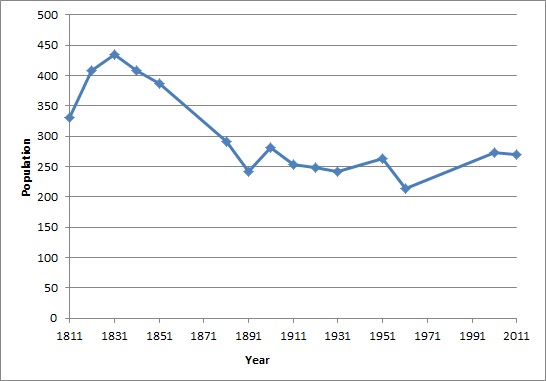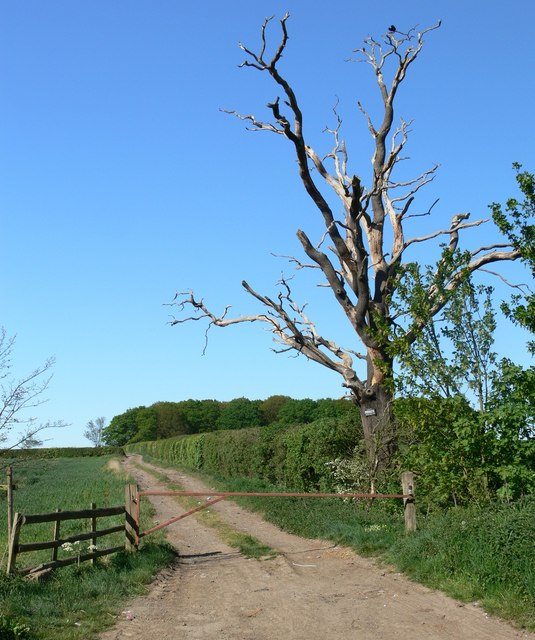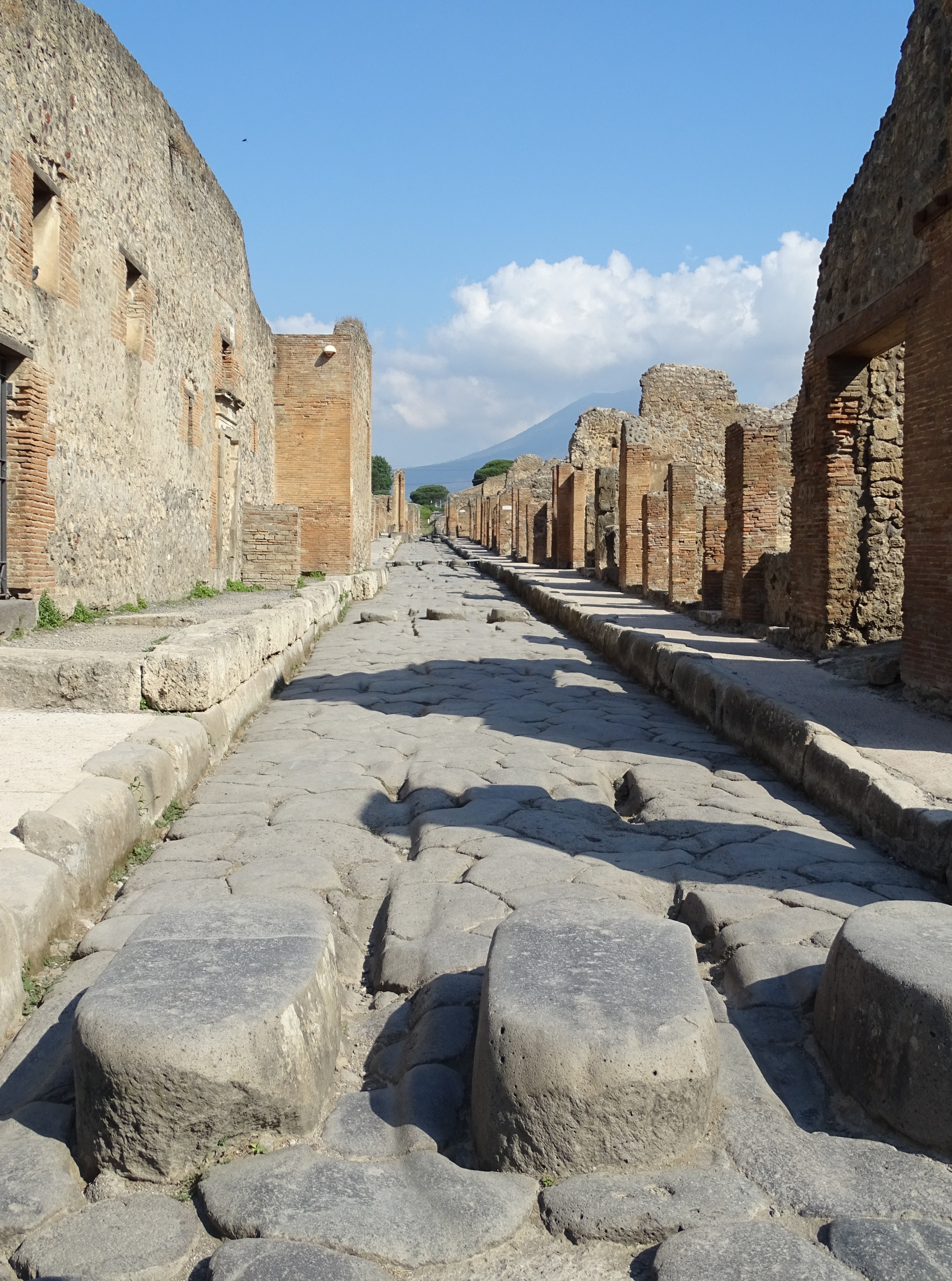|
Braunstone Town
Braunstone is a town and civil parish in the district of Blaby in Leicestershire, England. At the 2011 census the population of the town was 16,850. Braunstone is mentioned in the Domesday Book of 1086, giving a population of "two sokemen and four villeins". The village remained a small settlement (population 238 in 1921) until 1925 when the Leicester Corporation compulsorily purchased the bulk of the Winstanley Braunstone Hall estate. It is just outside the city boundary of Leicester, and the part of the old civil parish now inside the city boundary is also called Braunstone. This part of the parish, which contains a large council estate, was detached in 1935 from the Blaby district and Braunstone Parish to become part of the county borough of Leicester, hence the present split. The use of the name Braunstone Town is more recent, and is an attempt by Braunstone Town Council to distinguish their village from the council estate of the same name. Braunstone Town is adjacen ... [...More Info...] [...Related Items...] OR: [Wikipedia] [Google] [Baidu] |
St Peter's Church, Braunstone Town
ST, St, or St. may refer to: Arts and entertainment * Stanza, in poetry * Suicidal Tendencies, an American heavy metal/hardcore punk band * Star Trek, a science-fiction media franchise * Summa Theologica, a compendium of Catholic philosophy and theology by St. Thomas Aquinas * St or St., abbreviation of "State", especially in the name of a college or university Businesses and organizations Transportation * Germania (airline) (IATA airline designator ST) * Maharashtra State Road Transport Corporation, abbreviated as State Transport * Sound Transit, Central Puget Sound Regional Transit Authority, Washington state, US * Springfield Terminal Railway (Vermont) (railroad reporting mark ST) * Suffolk County Transit, or Suffolk Transit, the bus system serving Suffolk County, New York Other businesses and organizations * Statstjänstemannaförbundet, or Swedish Union of Civil Servants, a trade union * The Secret Team, an alleged covert alliance between the CIA and American industry ... [...More Info...] [...Related Items...] OR: [Wikipedia] [Google] [Baidu] |
Leicester Railway Station
Leicester railway station (formerly Leicester Campbell Street and Leicester London Road) is a mainline railway station in the city of Leicester in Leicestershire, England. The station is managed by East Midlands Railway and owned by Network Rail. The station is served by CrossCountry and East Midlands Railway services. Leicester station was opened in 1840 by the Midland Counties Railway, and rebuilt in 1894 and 1978. It is on the Midland Main Line, which runs from London St Pancras to Sheffield and Nottingham. It is north of London St Pancras. Background The first station on the site opened on 5 May 1840. It was originally known simply as ''Leicester'', becoming ''Leicester Campbell Street'' on 1 June 1867, and ''Leicester London Road'' from 12 June 1892. This was replaced in 1894 by a new station, also called ''Leicester London Road''. Following the closure of Central on 5 May 1969, this station was renamed ''Leicester''. Besides London Road and Central, the city of L ... [...More Info...] [...Related Items...] OR: [Wikipedia] [Google] [Baidu] |
Kilby
Kilby is a village and civil parish in the Blaby district of Leicestershire, England. Kilby is the easternmost village in the district, and is south east of Leicester. Kilby civil parish includes the former parish of Foston and it's deserted medieval village. Nearby places are Countesthorpe , Fleckney , Arnesby , Wistow and Kilby Bridge . In 1870–72, John Marius Wilson's ''Imperial Gazetteer of England and Wales'' described Kilby as follows: History Kilby has had the origins of its name possibly traced back to a Scandinavian form of Old English, being translated to 'children's farm/settlement.' Kilby was mentioned in the Domesday book where it was said to have been originally formed around the parish Church of St. Mary Magdalene. In the Domesday book of 1068 Kilby or Cilebi, as it was spelt, resided in a district called 'Guthlaxton Wapentake' under the ownership of Oger the Breton who was recorded as Tennant-in-chief. Kilby was recorded as having "28 households, contai ... [...More Info...] [...Related Items...] OR: [Wikipedia] [Google] [Baidu] |
Cosby, Leicestershire
Cosby is a village in the English county of Leicestershire. Cosby is located in the south of the county near the larger villages and towns of Whetstone, Blaby and Wigston. Its proximity to the city of Leicester means it is part of the Leicester Urban Area. The village is administered by Blaby District Council. Cosby has a brook which runs through the village and eventually serves as a tributary to the River Soar. The village's name probably means 'farm/settlement of Cossa'. 'Farm/settlement of Kofsi' has also been suggested. It is not known how the name originated, and it is first recorded as "Cossebi" in the Domesday Book in 1086 with 40 families living in the village. Cosby was described as a "considerable village" in 1810 (with a population of 555) by historian John Nichols. In 1991 it had a population of 3,400 and in 2001 a population of 3,489, increasing to 3,506 at the 2011 census. Cosby's 'Scandinavian' place name indicates that the village existed here several ... [...More Info...] [...Related Items...] OR: [Wikipedia] [Google] [Baidu] |
Elmesthorpe
Elmesthorpe (''sometimes spelt Elmersthorpe, Elmsthorpe or Aylmersthorpe'') is a village and civil parish in the Blaby district of Leicestershire, England. It is situated to the south-east of Earl Shilton, near to Hinckley on the A47 road. In 2004, the parish had an estimated population of 520, reducing to 509 at the 2011 census. History The village's name means 'outlying farm/settlement of Æthelmaer or Ailmer'. The village has been inhabited from at least Roman times as there is evidence of Roman occupation within the parish. In 1297, Elmesthorpe was home to numerous farms and 40-50 families. The Plague and a failing economy caused the village to depopulate and finally disappear. In 1485, it is thought King Richard III and his troops stayed in the partially ruined church for shelter on their march from Leicester to the Battle of Bosworth; with the king and his officers sheltering within the church, and the soldiers camping outside. The parish church is dedicated to ... [...More Info...] [...Related Items...] OR: [Wikipedia] [Google] [Baidu] |
Enderby, Leicestershire
Enderby is a village and civil parish in Leicestershire, England, on the southwest outskirts of the city of Leicester. The parish includes the neighbourhood of St John's, which is east of the village separated from it by the M1 motorway. The 2011 Census recorded the parish's population as 6,314. The village's name means 'farm/settlement of Eindrithi'. The village is situated on the B4114 between Fosse Shopping Park and Narborough. The parish includes Fosse Shopping Park, Grove Park Commercial Centre and Everards Brewery. The parish is bounded by the City of Leicester and the civil parishes of Braunstone Town, Glen Parva, Lubbesthorpe, Narborough and Whetstone. The course of the Fosse Way Roman road passes through the parish. Near St John's is the deserted village of Aldeby by the River Soar. Enderby Hall was the ancestral home of the Smith family when the paternal line ended. The hall was left to Charles Loraine who took the name Charles Loraine Smith. [...More Info...] [...Related Items...] OR: [Wikipedia] [Google] [Baidu] |
Countesthorpe
Countesthorpe is a large village and civil parish in the Leicestershire district of Blaby, with a population of 6,393 (2001 census, falling slightly to 6,377 at the 2011 census. It lies to the south of Leicester, and is about from the city centre, but only two miles south of the suburb of South Wigston. Nearby places are Blaby and South Wigston to the north, Kilby to the east, Peatling Magna and Willoughby Waterleys to the south, and Broughton Astley, Cosby and Whetstone to the west. The name Countesthorpe originates from the 11th century when the area was part of the marriage dowry of the Countess Judith, niece of William the Conqueror. The 'thorpe' part of the name is a variant of the Middle English word thorp, meaning hamlet or small village. The parish church of St. Andrew was started in 1220 by the family of Lord William of Ludbrook. It was restored in 1840 and again in 1907. The 14th-century tower still remains. The village has three public houses: The Axe and Square ... [...More Info...] [...Related Items...] OR: [Wikipedia] [Google] [Baidu] |
Lubbesthorpe
Lubbesthorpe is a hamlet and parish in the district of Blaby within Enderby on the outskirts of Leicester, on the west side of the M1 motorway and the River Soar.GENUKI Lubbesthorpe Name The name is said to mean "Lubba's Thorpe", i.e. a small settlement belonging to Lubba, an Old Danish name.W. G. Hoskins (1935) Leicestershire Archaeological Society vol XVIII part 2 page 143 "The Anglian and Scandinavian Settlement of Leicestershire" It has been spelled as Lubbesthorpe.History It was listed in the '' |
Sharnford
Sharnford is a village and civil parish in Blaby of Leicestershire. The parish has a population of about 1,000, measured at the 2011 census as 985. The village is about four miles east of Hinckley, and is near to Aston Flamville, Wigston Parva and Sapcote. History The Domesday hamlet or farmstead of ''Scerneford'' is mentioned in the tenth-century will of Wulfric Spot, earl of Mercia, and probably named after a "" or muddy ford over the River Soar. It lies immediately north of High Cross, near the Roman station at ''Venonis'' (mentioned in the Antonine Itinerary) at the intersection of Roman Watling Street and the Fosse Way [...More Info...] [...Related Items...] OR: [Wikipedia] [Google] [Baidu] |
Roman Road
Roman roads ( la, viae Romanae ; singular: ; meaning "Roman way") were physical infrastructure vital to the maintenance and development of the Roman state, and were built from about 300 BC through the expansion and consolidation of the Roman Republic and the Roman Empire. They provided efficient means for the overland movement of armies, officials, civilians, inland carriage of official communications, and trade goods. Roman roads were of several kinds, ranging from small local roads to broad, long-distance highways built to connect cities, major towns and military bases. These major roads were often stone-paved and metaled, cambered for drainage, and were flanked by footpaths, bridleways and drainage ditches. They were laid along accurately surveyed courses, and some were cut through hills, or conducted over rivers and ravines on bridgework. Sections could be supported over marshy ground on rafted or piled foundations.Corbishley, Mike: "The Roman World", page 50. Warwick Pr ... [...More Info...] [...Related Items...] OR: [Wikipedia] [Google] [Baidu] |
Before Christ
The terms (AD) and before Christ (BC) are used to label or number years in the Julian and Gregorian calendars. The term is Medieval Latin and means 'in the year of the Lord', but is often presented using "our Lord" instead of "the Lord", taken from the full original phrase "''anno Domini nostri Jesu Christi''", which translates to 'in the year of our Lord Jesus Christ'. The form "BC" is specific to English and equivalent abbreviations are used in other languages: the Latin form is but is rarely seen. This calendar era is based on the traditionally reckoned year of the conception or birth of Jesus, ''AD'' counting years from the start of this epoch and ''BC'' denoting years before the start of the era. There is no year zero in this scheme; thus ''the year AD 1 immediately follows the year 1 BC''. This dating system was devised in 525 by Dionysius Exiguus, but was not widely used until the 9th century. Traditionally, English follows Latin usage by placing the "A ... [...More Info...] [...Related Items...] OR: [Wikipedia] [Google] [Baidu] |
Bronze Age
The Bronze Age is a historic period, lasting approximately from 3300 BC to 1200 BC, characterized by the use of bronze, the presence of writing in some areas, and other early features of urban civilization. The Bronze Age is the second principal period of the three-age system proposed in 1836 by Christian Jürgensen Thomsen for classifying and studying ancient societies and history. An ancient civilization is deemed to be part of the Bronze Age because it either produced bronze by smelting its own copper and alloying it with tin, arsenic, or other metals, or traded other items for bronze from production areas elsewhere. Bronze is harder and more durable than the other metals available at the time, allowing Bronze Age civilizations to gain a technological advantage. While terrestrial iron is naturally abundant, the higher temperature required for smelting, , in addition to the greater difficulty of working with the metal, placed it out of reach of common use until th ... [...More Info...] [...Related Items...] OR: [Wikipedia] [Google] [Baidu] |








